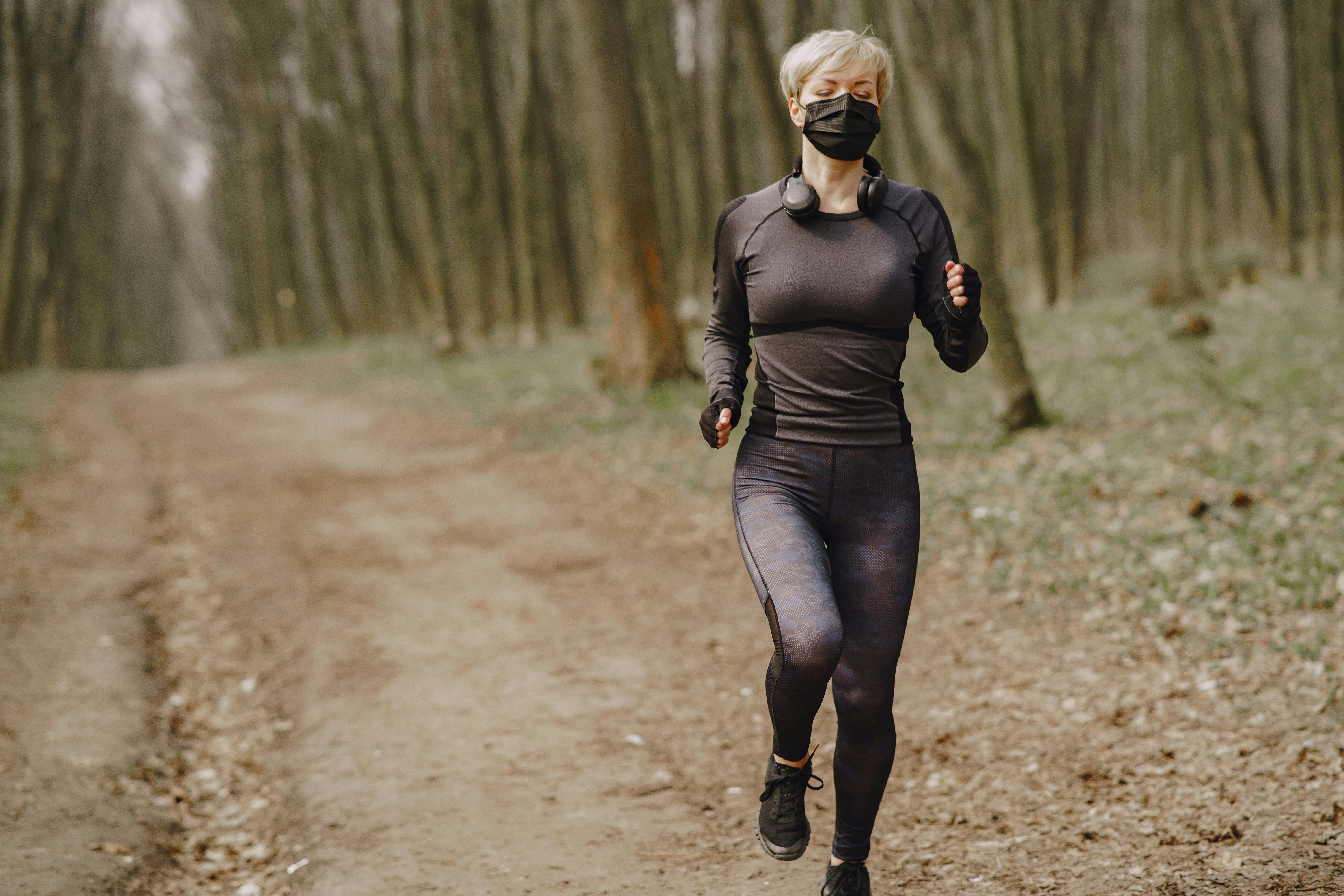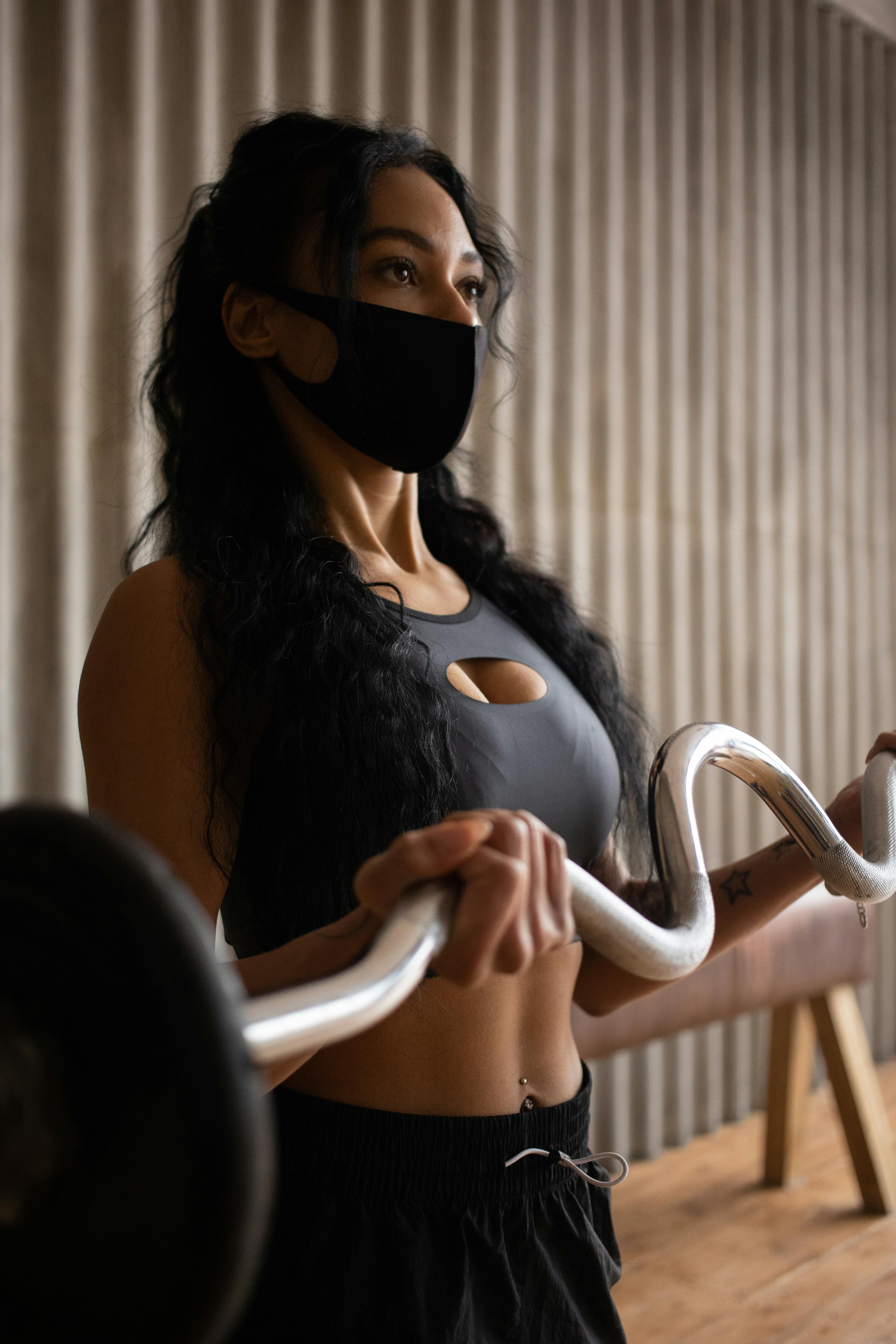Mozambique Athlete Health: 7 Essential Steps for Safe Training Today
Here’s a scene I know well. It’s early July, Maputo is shimmering with humidity, and the city’s footballers gather for a sunrise session. Sweat beads on foreheads before warmups even begin. Coaches bark instructions. There’s the familiar sound—cleats crunching on grass, that sharp intake of breath as sprints begin. I remember thinking: “This isn’t just a game; these physiques are living in a whole ecosystem.” Honestly, in Mozambique, you cannot separate sports training from health risks—the climate, the intensity, the local realities (from patchy water access to unpredictable medical support) create pressures unlike anywhere else. So, protecting athlete health? It’s not luxury—it’s existential. I’m passionate about practical solutions because I’ve seen what happens when you ignore them. Let me clarify: what follows isn’t theory for theory’s sake. It’s hands-on, field-tested, and mapped to real Mozambican conditions.
Context: Mozambique Sports and Health Realities
What I’ve consistently found—Mozambique’s sports scene is a vibrant blend of tradition and innovation. From football to track and field, intensity reigns. According to government sources1, Mozambique has seen a steady increase in organized youth athletics over the past decade. Community teams, school programs, and national clubs are flourishing. But training conditions? They vary wildly. Some have access to stadium-level facilities, others run on dusty pitches and crowded beaches. Weather complications—scorching heat, torrential rains—can appear almost overnight.
In my experience, the biggest health challenges aren’t the ones you’d expect. It’s not just dehydration (though that’s massive), it’s the subtle risks: under-nutrition, exposure to extreme weather, lack of medical oversight, and sometimes, cultural norms around “toughing it out.” A peer from Maputo recently explained, “Fans want athletes who never quit, but we only see the injuries when it’s too late.” Sound familiar?
Mozambique’s average summer temps regularly hit 32°C (89°F) with humidity levels above 70%. The country’s southern region often sees over 300 sunny days per year, making heat adaptation a non-negotiable aspect of athlete health planning.
Recognizing Core Risk Factors
Let me step back for a moment. The foundation of every athlete’s health plan in Mozambique is simple: Know the risks. Here’s what gets me—risk isn’t static. It shifts. Three years ago, before the weather patterns changed, coaches rarely considered heatstroke as a key threat. Now, it’s front and center. Athletes face:
- Heat illness (heat exhaustion, heat stroke)
- Dehydration and electrolyte imbalance
- Soft tissue injuries due to hard surfaces
- Food scarcity and energy deficit
- Mental stress from team and fan expectations
Honestly, I reckon the interplay of local climate, athletic ambition, and resource constraints creates a unique challenge. So, understanding risk isn’t just “good practice”—it’s the start line 2. I go back and forth on which is worst—lack of hydration or poor injury tracking. Both have sidelined some of the region’s top talent in recent years.
Hydration: Water, Salt, and Recovery
Here’s where I get passionate. Hydration is not just about water. Mozambican athletes, especially youth and community teams, often rely on public water taps or bottled water with variable mineral content. I’ve seen sessions where half the roster shared a single bottle (yes, it happens). Actually, let me clarify that. Water itself is life—but in this setting, electrolytes matter just as much. Extensive sweating caused by humid conditions rapidly strips sodium, potassium, and magnesium—precisely what you need to avoid muscle cramps, confusion, or collapse 3.
If you’re thinking, “Sure, plenty of water solves everything,” pause here and consider: excessive water without salt can actually increase risk for hyponatremia. The more recent sports medicine protocols now call for a dual track: scheduled water breaks and targeted electrolyte replacement. I used to think hydration was as easy as sipping regularly. In Mozambique? It’s a science—timed, measured, and paired with locally available sources (like fresh coconut water or salted maize drinks).
Informations clés
Athletes need hydration plans tailored to local conditions—never generic. Use bodyweight monitoring and urine color checks at each session to guide intake.Environment: Heat, Humidity, and Training Scheduling
Funny thing is, you can plan all the drills you want, but Mozambique’s climate has the last word. Maputo’s coastal teams contend with high humidity, while the interior can get “dry heat” that sneaks up on you. Looking ahead, seasonal shifts—particularly from November through March—require flexible training schedules. I remember a session in Beira last December when a thunderstorm rolled in: coaches had to cut drills short, and athletes scrambled for shelter. What strikes me most is how often scheduling neglects weather forecasting; even nowadays, some teams push through adverse conditions out of sheer habit.
- Train early mornings or late evenings to avoid peak heat
- Monitor humidity and temperature—simple smartphone apps work wonders
- Ensure shaded rest breaks (improvised if necessary)
- Rotate aerobic and anaerobic drills to minimize overheating
Climate Adaptation Tip
Optimize recovery windows after intense heat exposure. Use cooling packs, wet towels, and natural ventilation—simple tricks, locally sourced, can cut heat stress dramatically.Nutrition: Local Fuels, Smart Choices
I’ll be honest—nutrition planning in Mozambique can be a puzzle. Access to global sports supplements is limited (and expensive). Most athletes rely on local staples: maize porridge, beans, fish, green leafy veg. Actually, thinking about it differently, these ingredients have real nutritional punch, provided energy needs are calculated and portions adapted for training loads4. Coaches increasingly encourage post-session meals rich in carbohydrates and protein (think xima and grilled chicken), but implementation varies by club resources and family background.
Here’s a practical case study: Last month, a women’s volleyball team in Inhambane sourced local peanuts and sweet potatoes for their post-game meal. Not only did performance rebound after tough sessions, but injury rates dropped over six weeks. I’m partial to such “local sourcing” not just for cost, but for sustainability—plus, it directly links athletes to Mozambique’s rich culinary culture.
| Food | Key Nutrients | Idéal pour | Défi |
|---|---|---|---|
| Maize Porridge (Xima) | Carbs, Fiber | Endurance | Low protein |
| Fish | Lean Protein, Omega-3 | Récupération | Cost/availability |
| Peanuts | Protein, Fat | Muscle gain | Allergy risk |
| Green Veg | Vitamins, Iron | Immunity | Seasonal |
Injury Prevention and Monitoring
Based on my years doing this, one truth holds: Timely injury recognition beats any cure. In Mozambique, though, access to advanced diagnostics (like MRI, ultrasound) is rare outside of private clinics5. That means prevention and low-tech monitoring are gold. I’ve seen managers use home-grown checklists to track muscle soreness, flexibility, and joint swelling. Surprisingly, these simple logs often outperform expensive tech where resources are tight.
- Daily flexibility checks before and after training
- Weekly “pain score” log sheets
- Buddy system for peer monitoring (catch changes early)
- Monthly injury audit with quick recovery plans
Let’s get real: Under-reporting is frequent—athletes fear letting teammates down or being benched. In my experience, creating a culture of honesty around pain and fatigue is absolutely crucial.
Mental Health and Athlete Longevity
Here’s the thing though—physical health is only half the equation. Sports stress in Mozambique is often compounded by economic hardship, academic pressure, and family obligations. I’m still learning about best practices here, since mental health resources remain limited. The more I consider this, the more I see how team cohesion, coach support, and informal community networks can buffer stress6. A colleague recently pointed out how storytelling and shared rituals (songs, chants) boost team morale. I used to downplay these aspects, but now? I see them as protective, not peripheral.
- Open dialogue around pressure and anxiety
- Scheduled downtime and non-sport social events
- Peer support via senior athlete mentorship
- Referral pathways for professional psychological support
Ever notice how a single high-pressure match can destabilize team spirit for weeks? Mozambique’s athletes deserve—and require—real mental health scaffolding. That’s not optional; it’s fundamental to longevity. I’m not entirely convinced most programs have solved this layer yet.
Conseil d'expert
Normalize mental health “check-ins” as routine as physical stretching. The teams that do so see less burnout and better performance, season after season.
7 Proven Protective Steps: Mozambique Athlete Health
Let’s get proactive. Here are the seven essential, field-tested steps—each shaped by direct experience in Mozambican sport. These aren’t just guidelines; they represent a working playbook I’ve seen athletes, coaches, and managers rely on time and again:
- Environment-Adaptive Hydration Protocol
Design personalized hydration plans using locally sourced fluids matched to sweat rates. Implement bodyweight change tracking and educate athletes on sodium-rich foods and drinks. Adjust for humidity and session length.
- Heat Illness Surveillance / Forecast Integration
Use mobile weather apps, establish red-flag days, shift training to cooler periods, and deploy shaded recovery stations. Teach athletes to self-monitor for heat exhaustion signals.
- Local Nutrition Strategy with Seasonal Rotation
Map seasonal ingredients to athletic requirements. Encourage meal sharing among team members to compensate for individual shortages. Partner with local growers for fresh carbs and protein post-training.
- Regular Injury Screening and Peer Monitoring
Standardize daily “muscle-joint checks,” use paper-based pain logs, and schedule weekly peer review sessions. Quick referral for persistent pain.
- Psychological Health Integration and Team Rituals
Include group discussions before and after key training. Schedule routine team-building outside sports (community service, music, storytelling). Identify support contacts for professional mental health resources.
- Medical Access and Emergency Planning
Map nearest health facilities, prepare transport contingency plans, and establish pre-approved contact lists for emergencies. Update every six months with feedback from simulation drills.
- Continuous Education for Coaches and Athletes
Conduct quarterly workshops on emerging health research, heat adaptation, and injury prevention. Share global best practices using locally relevant case studies during team meetings.
Actionable Takeaway
Implement these steps systematically, adapting as conditions change. Track metrics, adjust protocols as new medical and climate data emerges.Mobile-Friendly Monitoring Table: Sample Team Implementation
| Session | Hydration Plan | Heat Risk Level | Injury Scan Result |
|---|---|---|---|
| Monday 6AM | 1L Coconut water + 0.5L maize drink | Faible | No pain |
| Wednesday 3PM | 1L Water + salted peanuts | Modéré | Knee soreness (refer) |
| Friday 7AM | 0.75L Water + fresh mango juice | Haut | Shoulder fatigue (monitor) |
Real-World Anecdotes & Lessons Learned
During my early career, I made the mistake of skipping post-training hydration tracking—only to watch two teammates collapse in summer heat. Afterward, our club changed its playbook: weekly hydration reviews became non-negotiable. Another team I worked with in Nampula introduced peer monitoring for soreness and caught ligament issues before they became season-ending injuries. These are not abstract lessons—they’re lived realities.
On second thought, I need to revise my earlier point: It’s not just what the science says, but how the community puts it into practice. Mozambique’s sporting success stories come from implementing these practical steps—not just knowing them.
Frequently Asked Questions: Athlete Health During Intense Training
- How much water should an athlete drink in Mozambique’s heat?
Typically 0.5–1L per hour of intense activity, paired with local electrolytes as needed7. Adjust for age, sweat rate, and session length. - What foods help fastest recovery after training?
Combination of carbs (maize, rice), proteins (fish, beans, peanuts), and fresh fruits. Don’t overlook water-rich foods like mangoes. - How can coaches prevent heatstroke?
Shifting sessions, enforcing breaks, monitoring symptoms, and emergency protocols for rapid cooling. - When should medical referral be considered?
Immediate referral for persistent pain, confusion, collapse, or suspected heat illness. Keep local contacts updated.
I know, I know—these answers seem obvious. But the difference between knowing and doing in Mozambique? It’s where careers are made or lost.
Conclusion: Safeguarding Mozambican Athlete Health—A Living Blueprint
Let me think about this. Mozambique’s sporting landscape is as inspiring as it is unforgiving. What really strikes me about athlete health here is its living nature—it requires constant adaptation, deep community involvement, and an openness to learning. Back when I first started coaching, my approach was rigid and rule-based. Now? I see athlete health as a collaborative effort, fluid, requiring shared vigilance. I’m genuinely excited by the progress I’ve witnessed, but equally honest about ongoing challenges.
Here’s my genuine plea: implement these seven steps not as a checklist, but as a living conversation. Coaches, athletes, parents, and policy makers must dialogue and adjust protocols monthly (sometimes weekly!) based on changing climate, emerging science, and ground-level feedback. Pause here. Ask yourself: “Who on my team is responsible for health monitoring? Are we flexible enough to adapt to tomorrow’s conditions?”
These days, I’m partial to practical, low-cost interventions. The difference between a successful program and a struggling one? Consistent follow-through, not just knowing “best practices.” Mozambique’s best sports teams are teaching the rest of us: community roots plus global insights equal real protection. I’ll be completely honest—there’s no perfect formula, but as long as you keep evolving, you’re miles ahead.
Appel à l'action
Empower your entire sports ecosystem: share these strategies, educate regularly, track health metrics, and foster community-based innovation. Athlete safety is never a solo effort—it’s a living legacy.Références



